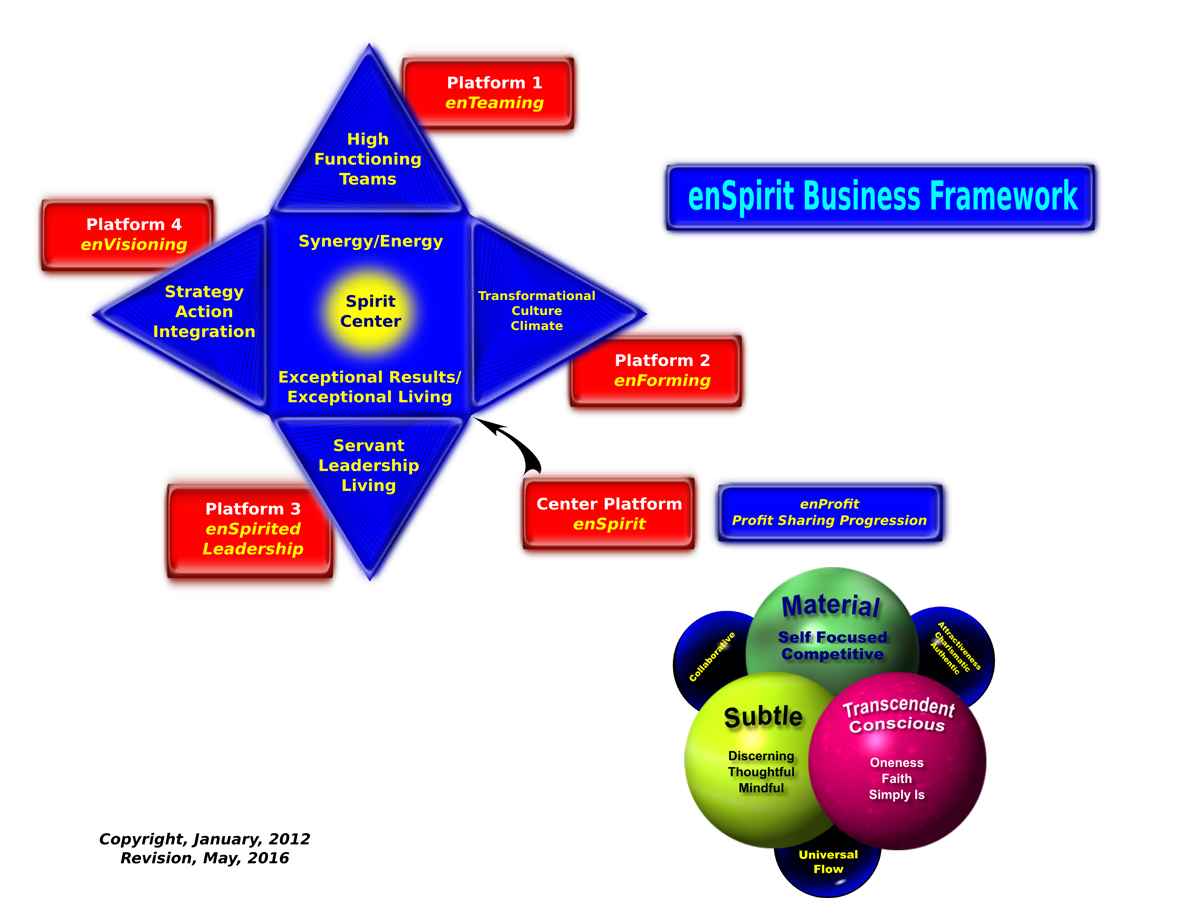
A potential client knows that there are a lot of issues within the organization, however, they do not know how to identify and solve them. What strategies and tools would you use to help them figure out and solve their problems?
Gwen Mazza, CEO enSpirit, llc.
When a potential client has issues within their organization, in order to assist them in identifying in solving these concerns, the first recommendation is the pre-work phase. Our first responsibility is to be organized. Come to that meeting having completed your research and background on the company. Streamline your business process by having easy access to a “new client folder” in your files with a project outline template. The template might be something you physically take with you to the meeting for notes or an internal framework within your mind, that you can sort important points for documentation purposes later. Here at enSpirit, we include 1. Identifying Data for the meeting, Current Company Status, Desired Outcomes, and Activities and Methods for reaching the outcomes.
You are now ready to sit with them and have a great conversation. Within that conversation, a coach’s responsibility is to be able to listen, clarify, and document. The conversation is our next framework. This is the time you will begin by “framing” the “layout” of what a client actually needs or might be looking at. As stated earlier, it starts with doing your due diligence and background work prior to this meeting. We need to know who the client is, the size of the company, what their history has been, minimally at the base level. When you meet with a client, you can begin to listen to further expand your basic understanding of the company. Listening is a great skill that we need to do more of and talking is one of those skills we need to do less. It will be within this listening that the client expresses “themes” of concern or confusion within the organization. Most likely there will be 3 or 4 major points that you can reflect back to them at that initial conversation for clarity and possible options for assistance. Please note not to rush the process and build in time to compile a written response and share the plan that you would recommend.
We are now ready to return to our office and review the data. Based on the information the potential client has shared with you, you can choose to select from the TTI tools that you have mastered and are available in your professional toolbox. DISC is a great base tool and one that can open doors. As a single tool, it has much to offer and can assist organizations to reduce judgmental behaviors that are extremely damaging. Again, a responsibility on our part as the coach is to impress upon our clients that this is an informational tool and not a tool created to further label and target team members. Adding to this concept, it is important to note that you, as a coach, can only take your potential client as far as you have gone. So if you would like to implement DISC, that’s a great start. You may want to begin to explore Driving Forces, EQ, The Growth Curve, or a variety of benchmarking tools to incorporate into your bandwidth. What is it that your clients are asking for and develop those skills within yourself!
Having reviewed the needs and matched them with a plan that is grounded within your operating business framework, you have laid out the planning process and it is time to reconnect with the potential client again. (It's important that each coach has an opportunity to reflect on their own business framework. What is your framework that you know will guide and assist individuals or organizations in being healthy and high functioning?) At enSpirit we have created the enSpirit Business Framework which is a structure that allows for custom development and growth for each individual company. They can build their own coaching tools and services to meet the needs of their particular organization.
Upon approval, we as a collaborative entity, are ready to execute the plan as agreed upon and assist the organization in exploring, learning, implementing, and integrating the information sourced from the TTI reports. My practice as a coach is not to sell the tool, rather it is to educate those participants in learning about, understanding, and utilizing the information in a way that allows for a healthier and higher functioning organization! Tools sitting on the shelf are worth literally very little… tools implemented and integrated into an organization create incredible cultures, marked results, and will have a much better return for your organization and theirs!
